Identity documents are used as proof of identity, employment, status and access. These documents are extremely important and unique to each person. Identity documents are critical, but there are thousands of fraudulent versions out there, compromising the security and integrity of people and businesses across the UK.
Identity documents include all official papers including:
Passport
National Identity Card
Birth certificate
Biometric residence permits
Driving licence
Military identity cards
Official identity documents such as police warrant cards
Some of these documents are known as ‘breeder documents’; meaning their reasons for forging is to use them to obtain further, fraudulent documents. Birth certificates, marriage licenses and work permits contain enough information and authority to all be used to fraudulently apply for further identification.
Fraudulent documents can be broken into the following four categories: impersonation; where a look-alike imposter tries to pass the document off as their own, counterfeits; a copied version of a genuine document, forgeries; where a genuine document that has been unlawfully altered such as changing the name, photographs, or other personal details, and pseudo document, a document that bears the resemblance of an official document but is not recognised at legitimate.
The reasons for which documents are copied are broad, but almost certainly from criminal reasons, such as trafficking, terrorism, false immigration, financial fraud, benefit fraud or to hide one’s true identity.
How to spot a fraudulent document
How to check a document for its validity depends greatly on the type of document. There are a few initial checks which can help indicate whether it is likely to be legal or not. Some are so straight forward and obvious that they get overlooked.
Does the person actually look like the person in the ID – same face shape, similar ear positioning, teeth, complexion? Are there any distinguishing features such as tattoos, moles, scars, etc that correspond between the ID and the person? Can they recreate the signature accurately? Do they look the right age based on the date of the ID?
You can also check the quality of the document – does it look well produced? Does it look TOO well produced? Check for usual signs of wear or if it’s just badly constructed. Also check for ink smudges as these would not make it through legitimate quality checks. Cracks in the lamination is a sign of tampering, as well as inconsistency in the paper.
Further than this, there’s an impressive amount of detail in the documents to help spot fraud, most of which are not visible to the naked eye, but rather can be seen in different light.
Watermarks in identity documents are the same principle as those in bank notes. A watermark is an image or pattern weaved into the paper that appears as different shades when viewed under transmitted light.
Itaglio printing is a section of ink that has a raised, rough texture. Some, not all, aspects of these documents are printed in this format, usually forming a pattern or background rather than text. Itaglio can be felt by running your fingers along the print; it is a very distinctive feeling, not subtle, so it is easy to spot/feel.
Optical variable ink is a special ink that changes colour based on the angle at which it is being viewed. Face on it might appear orange, but if you tilt the paper it might appear green.
The background patterns on the pages are created with a series of thin, solid lines which appear almost too thin to the naked eye but are crisp and clear under magnifying glass. The print is very high-quality with no flaws or inconsistency.
The series of number at the bottom of your details page on your passport mean little to the person reading it, but this is machine-readable data. These numbers are read by a computer and identify if the document is genuine.
UV light will identify if the document is genuine – false documents will glow under the light whereas the real deal will be dull. UV can also show up security fibres, which are woven into the paper.
Fortunately, we’re in an age where biometric passports and facial recognition software are regularly used for security, which makes forging documents like passports a bit more difficult, but criminals are finding more intuitive ways to create highly-convincing copies. But by keeping an eye on the points above, you can ensure you’re not responsible for fraudulent documents making their way to the mainstream.
